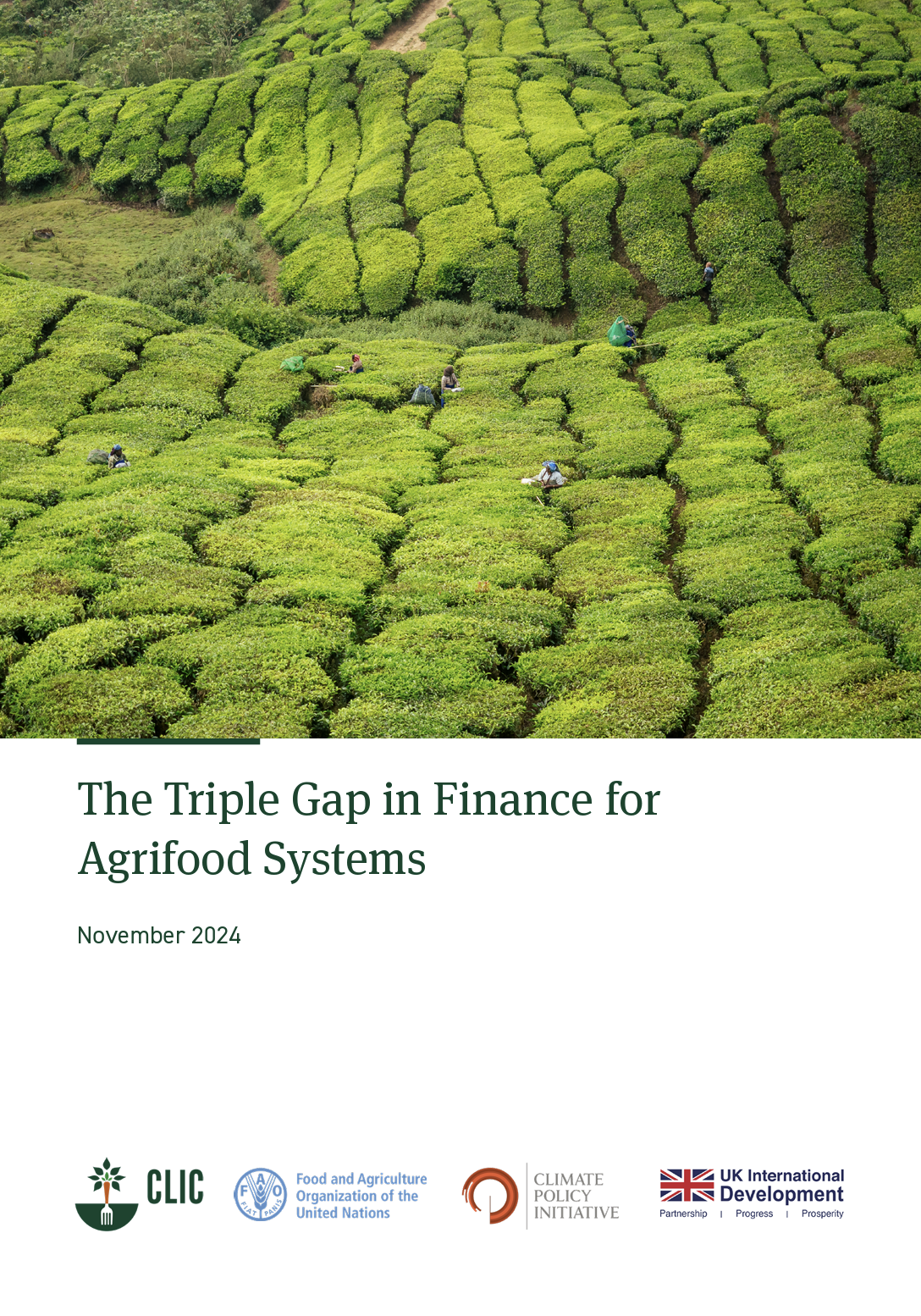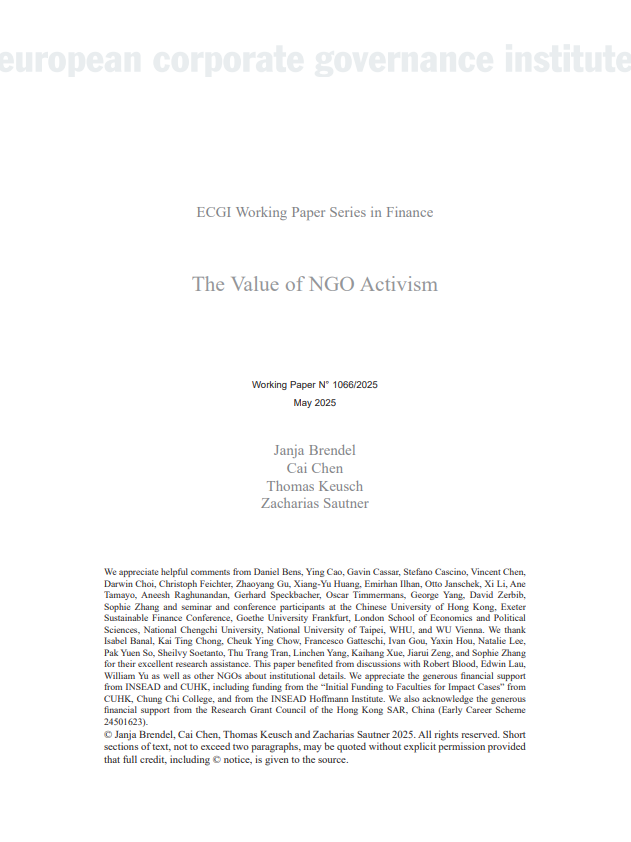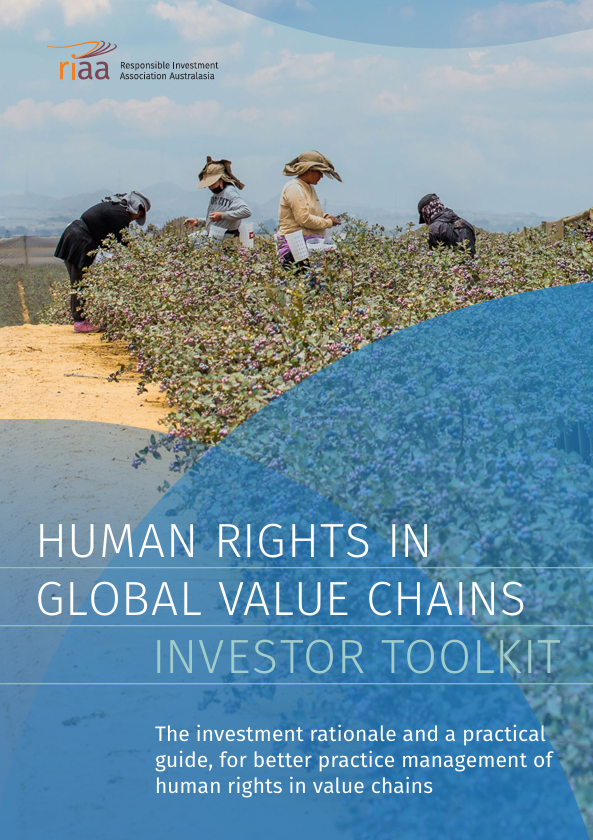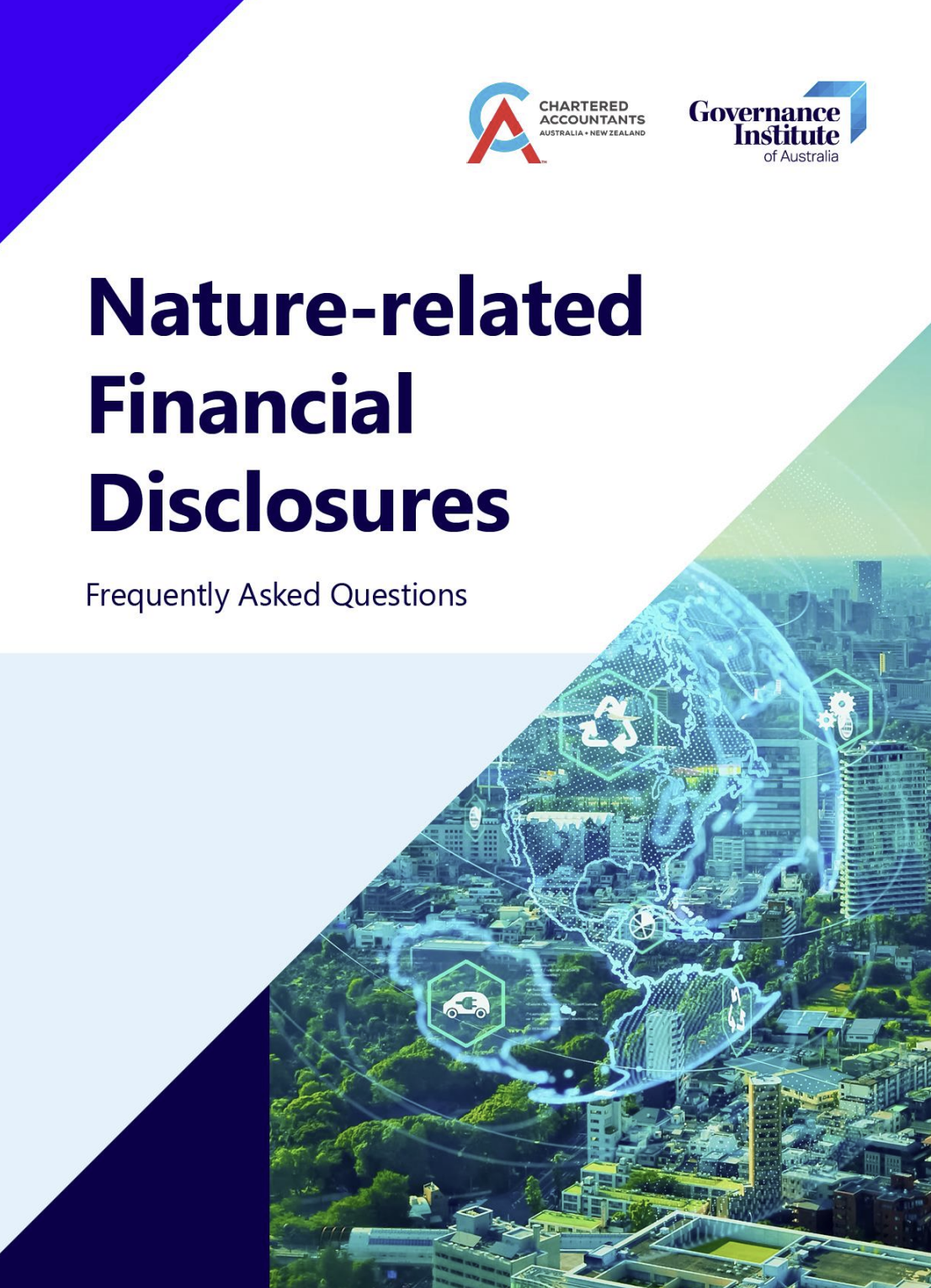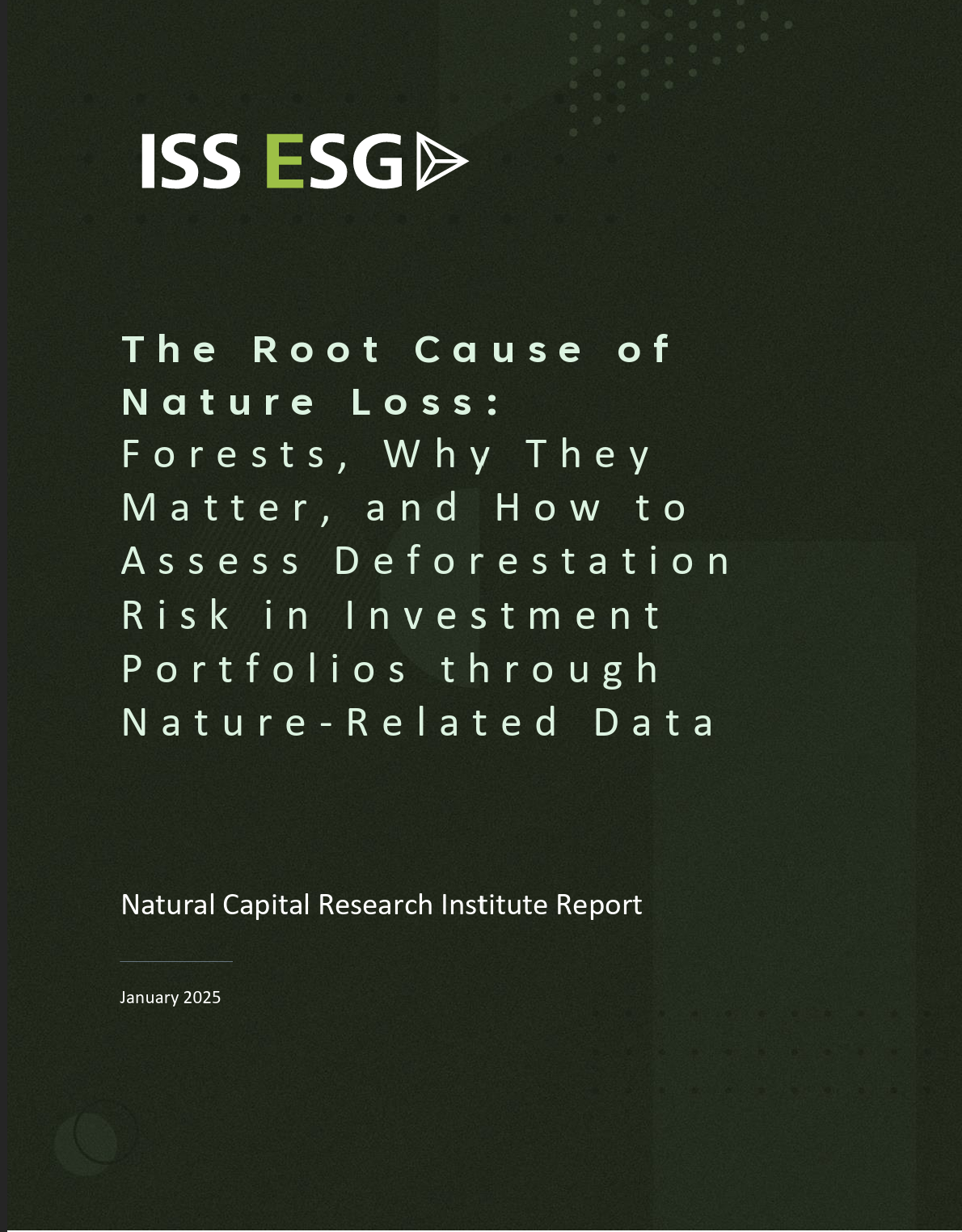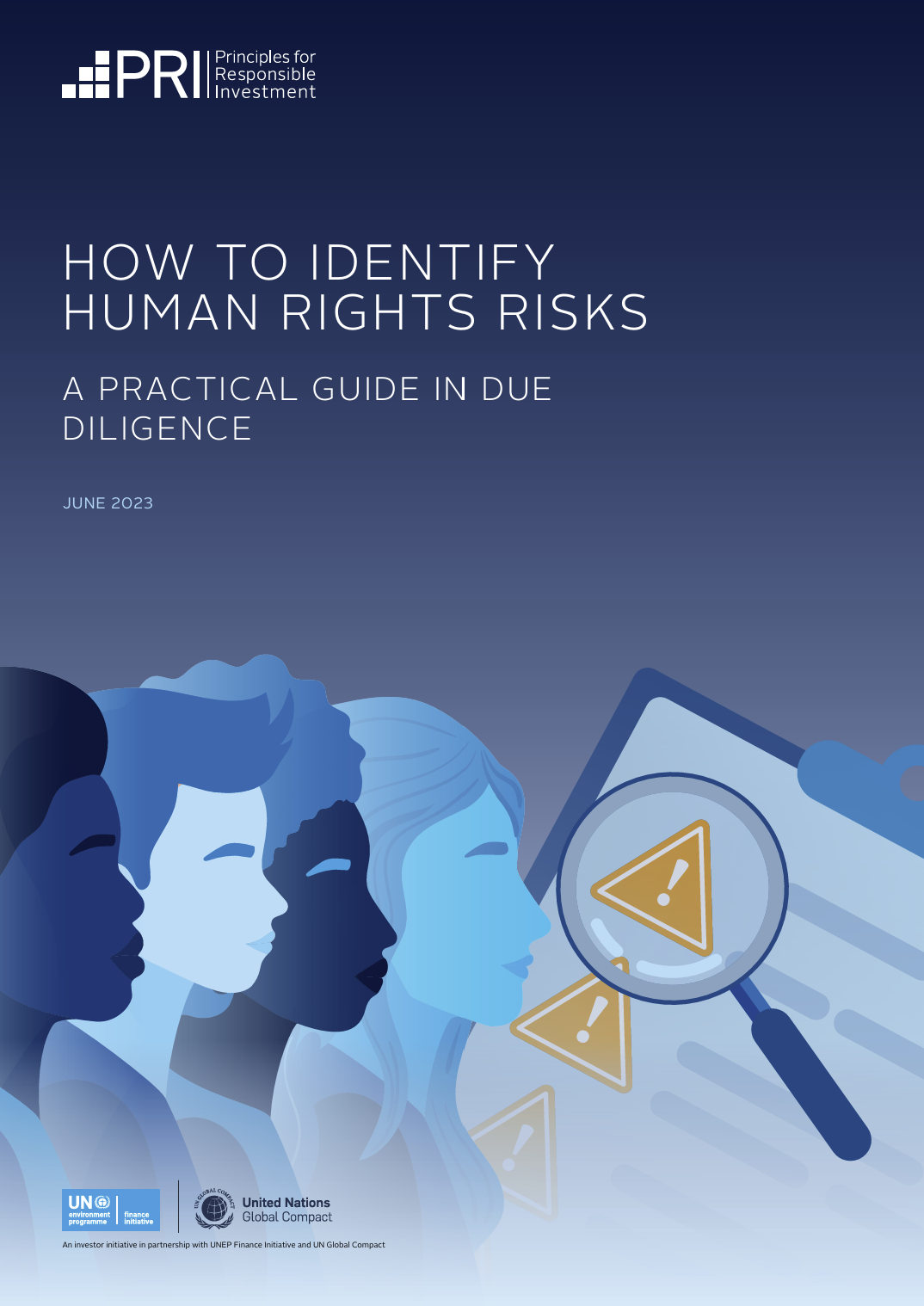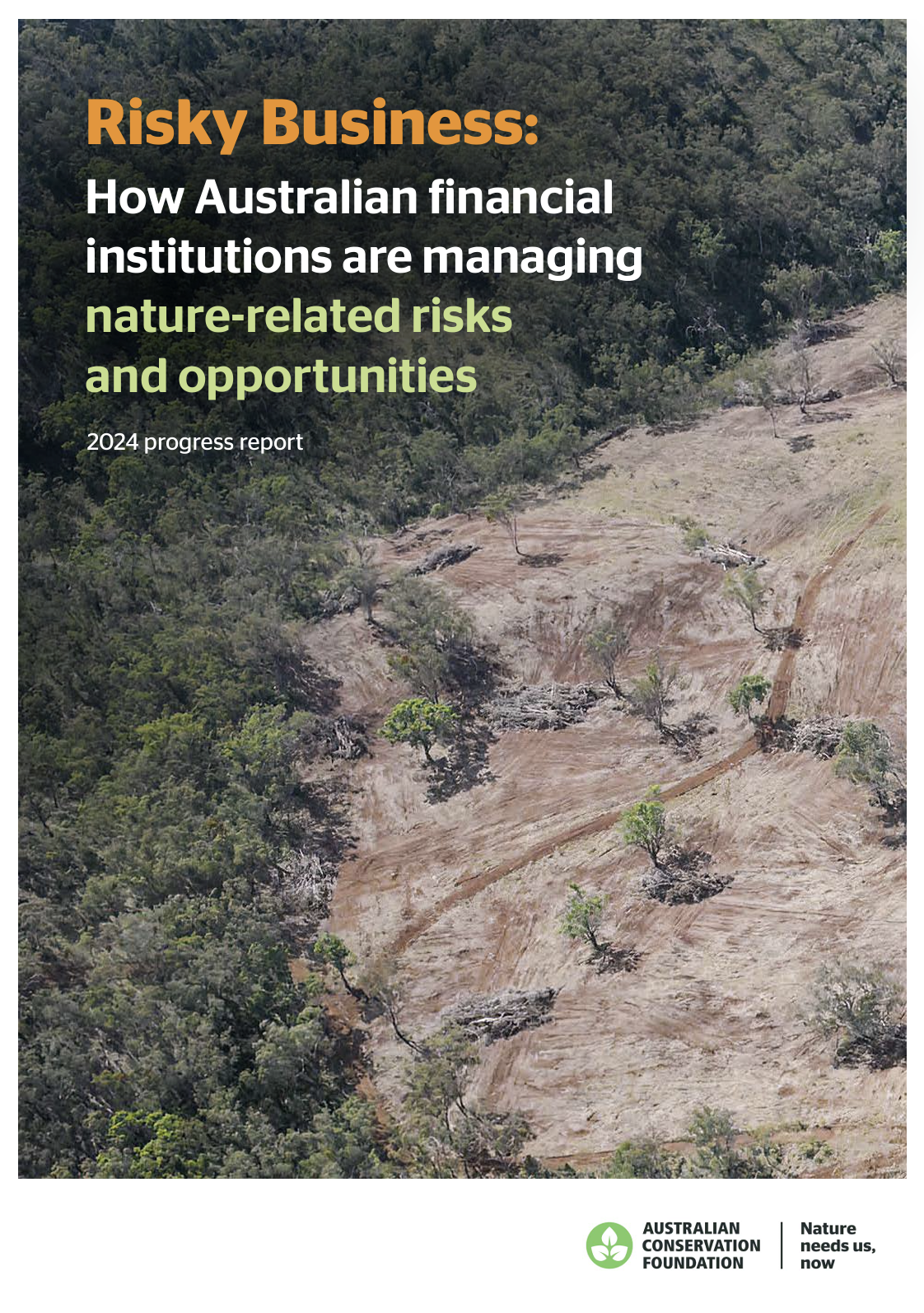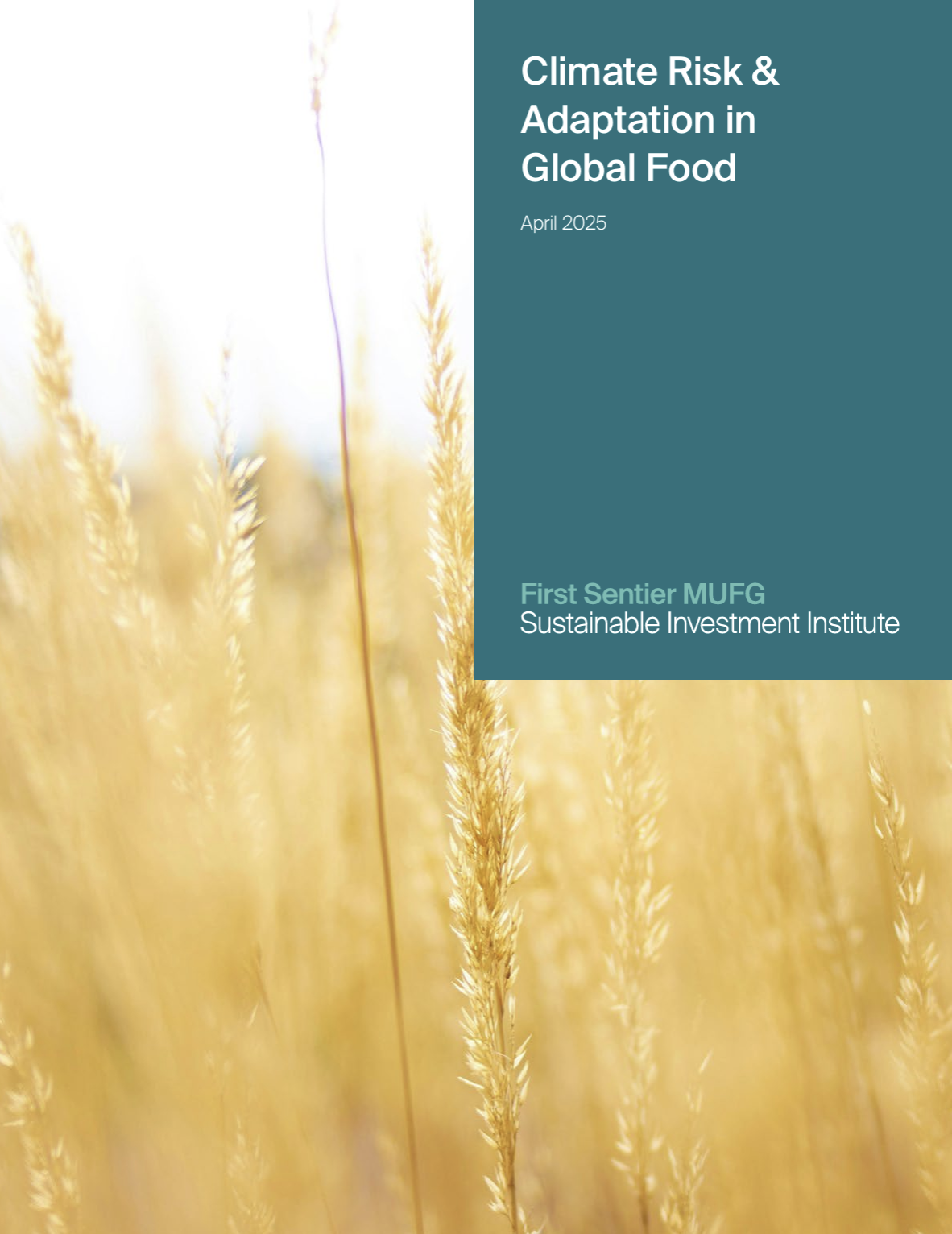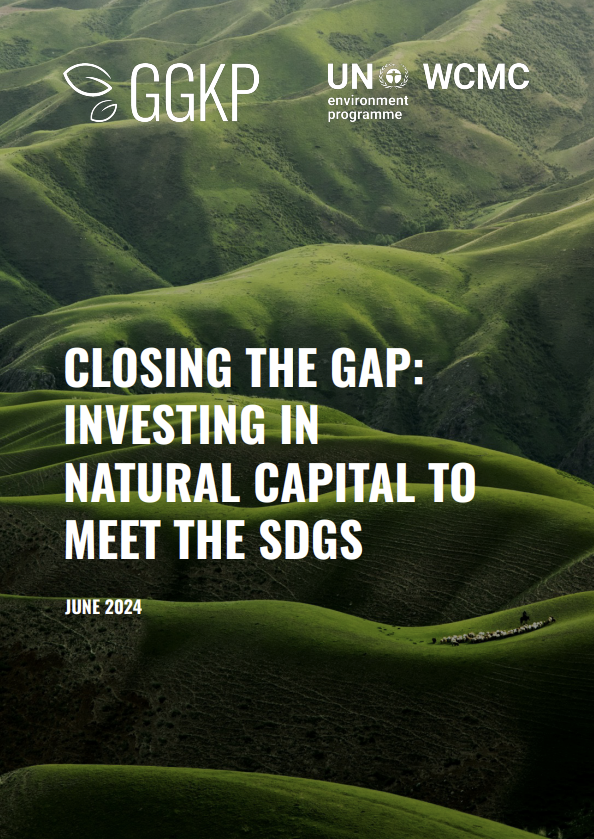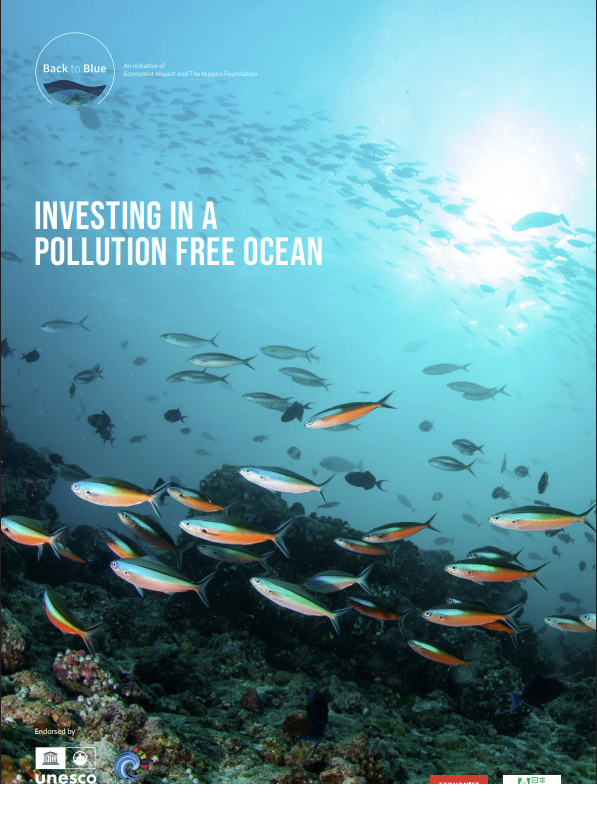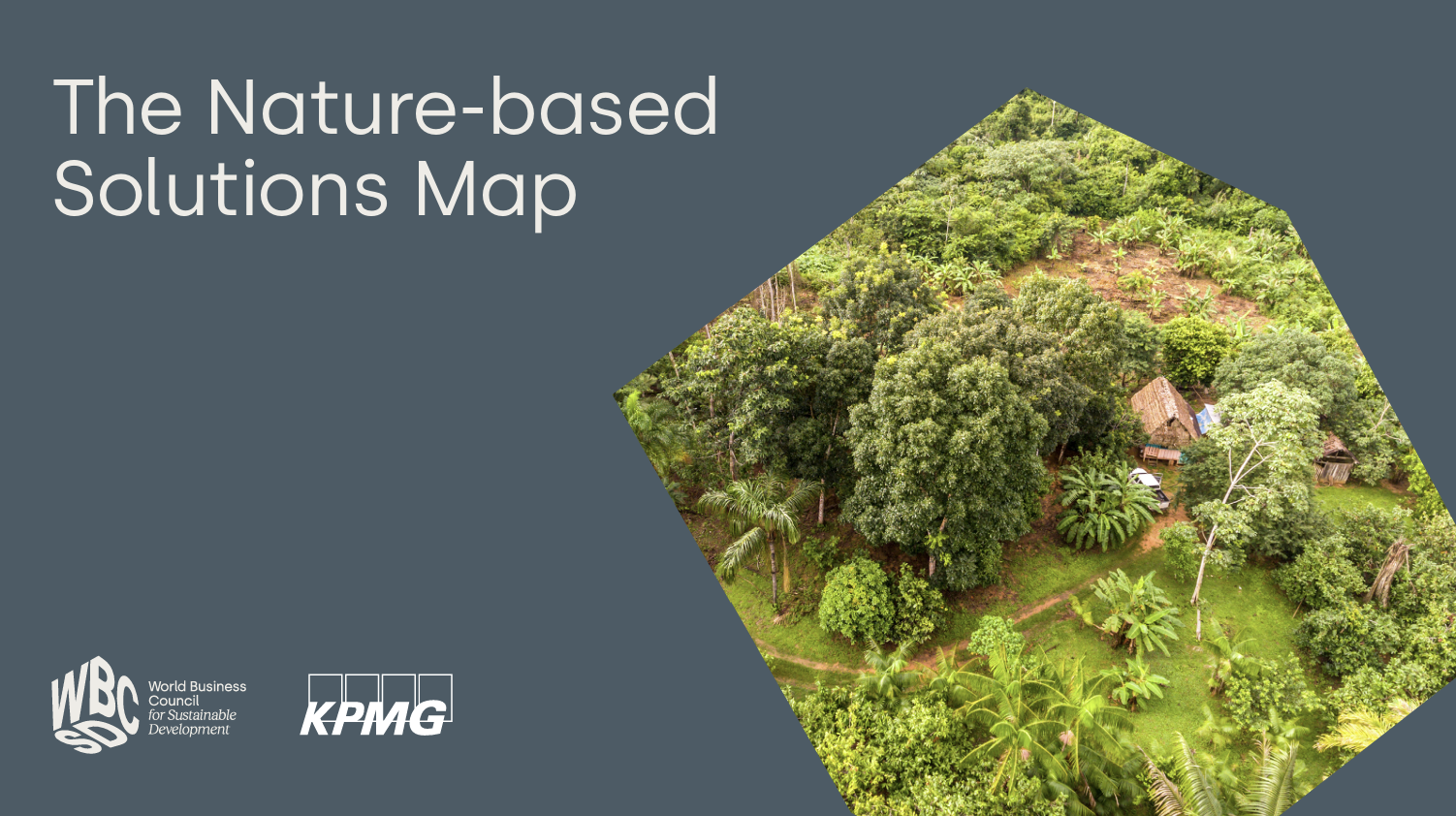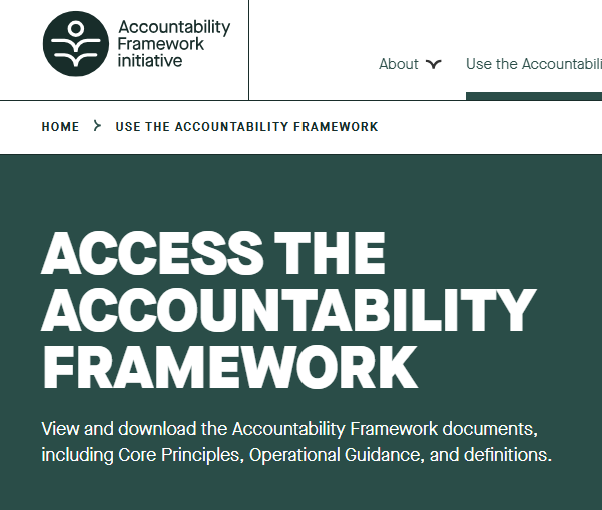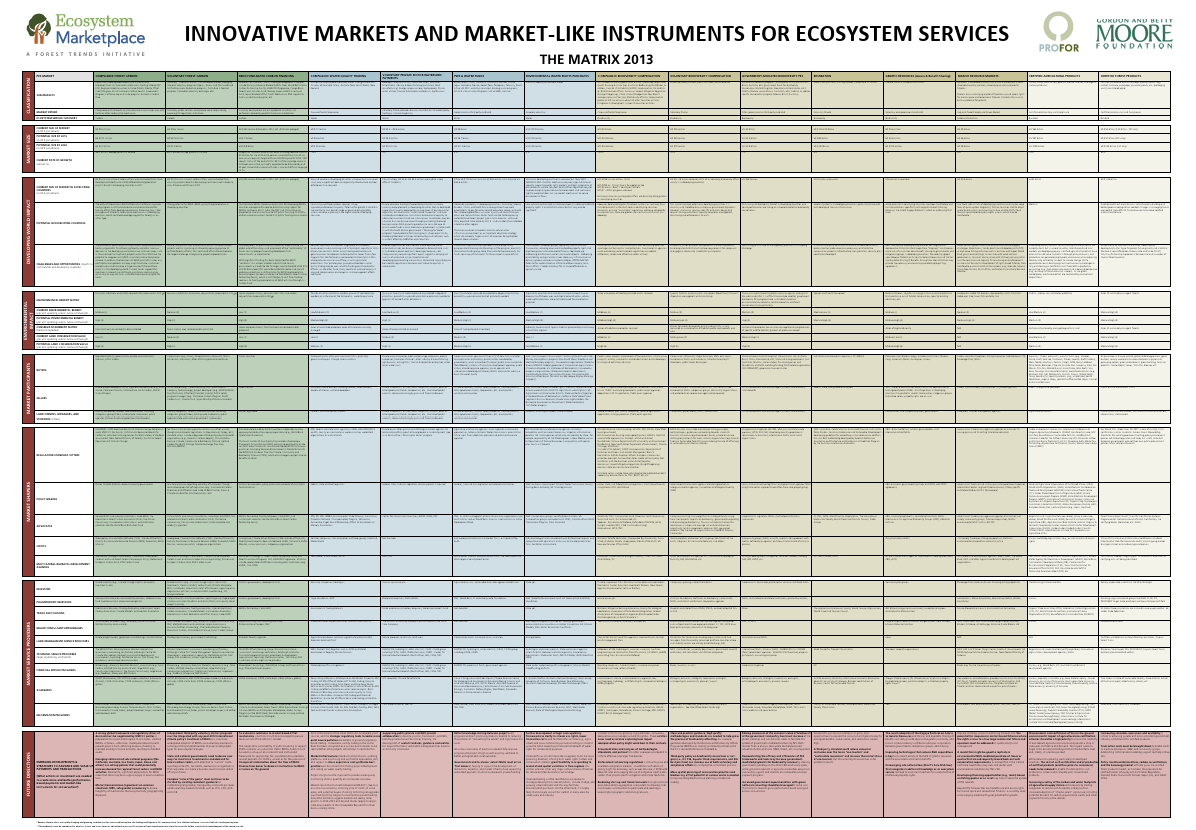Library | SASB Sustainability Sector
Food
Refine
119 results
REFINE
SHOW: 16


The triple gap in finance for agrifood systems
This report identifies significant planning, finance, and data gaps in climate investment needed to transition global agrifood systems. Annual climate finance must increase by at least 40 times to USD 1.1 trillion by 2030. Current national commitments underestimate actual requirements, highlighting the need for clearer targets and improved data collection.
The value of NGO activism
NGO campaigns alleging environmental and social “E&S-washing” lead to negative stock and media responses, especially on financially material issues. Firms reduce direct emissions following climate-related allegations—often shifting them to supply chains. NGOs also prompt investor engagement, suggesting a monitoring role despite unintended consequences such as increased indirect emissions.
Human rights in global value chains investor toolkit
This toolkit guides investors in addressing human rights risks in global value chains. It outlines regulatory developments, risk identification practices, and engagement strategies to improve corporate accountability. Practical steps include audits, grievance mechanisms, collaboration, and traceability to mitigate modern slavery and labour abuses, enhancing long-term investment and operational resilience.
Impact economies tractions and trends: Insights from 34 GSG National Partners
This report presents insights from 34 national ecosystems advancing impact investing. It highlights trends in policy, capital mobilisation, and transparency, showing governments and institutions integrating social and environmental outcomes into investment strategies. It tracks growth in green finance, outcome-based funding, and investment readiness across emerging and developed economies.
Nature-related financial disclosures: Frequently asked questions
This FAQ guide explains key concepts in nature-related financial disclosures, including biodiversity, dependencies, impacts, and the TNFD framework. It outlines disclosure requirements, materiality, governance responsibilities, and greenwashing risks, offering practical insights for businesses preparing for future regulatory expectations and aligning with international sustainability standards.
The root cause of nature loss: Forests, why they matter, and how to assess deforestation risk in investment portfolios through nature-related data
This report outlines how deforestation, particularly in tropical forests, is a key driver of biodiversity loss and climate change. It presents the risks to institutional investors—physical, transition, and systemic—and offers a framework to assess deforestation exposure in portfolios using nature-related data and metrics across sectors and geographies..
CEW's senior executive census series
This benchmark series tracks annual progress in women's representation in executive leadership roles across the ASX300. It provides a consistent and comparative overview of gender diversity trends, highlights structural barriers, and evaluates corporate efforts towards achieving gender balance in leadership.
How to identify human rights risks: A practical guide in due diligence
This guide outlines a structured approach for investors to identify and prioritise human rights risks across countries, sectors, and companies. It supports due diligence through risk mapping, severity assessment, and prioritisation frameworks, promoting responsible investment aligned with international human rights standards.
Ceres' food emissions 50 company benchmark
The Food Emissions 50 Company Benchmark evaluates major North American food companies on greenhouse gas emissions disclosures, reduction targets, and climate transition plans. It highlights progress in reporting scope 3 emissions and setting science-based targets, while identifying areas needing improvement, such as aligning growth strategies with emissions goals.
Risky business: How Australian financial institutions are managing nature-related risks and opportunities
This report assesses how ten banks and ten super funds in Australia are addressing nature-related risks and opportunities. It evaluates their strategies, risk management, target setting, and stakeholder engagement, highlighting areas of progress and identifying where further action is needed to mitigate financial risks associated with nature loss.
Climate risk and adaptation in global food
The report outlines rising climate risks to global food supply chains, projecting up to $38 trillion in damages by 2050. It explores mitigation and adaptation strategies across crops, livestock, and fisheries, and highlights investor actions to build resilience, support sustainable practices, and adapt to shifting market, environmental, and regulatory conditions.
Closing the gap: Investing in natural capital to meet the SDGs
The report analyses the investment required to address the natural capital gap for achieving Sustainable Development Goals in 40 countries, finding that investing US$7.4 trillion could generate returns exceeding US$152 trillion, greatly benefiting air quality, human health, ecosystems, and reducing premature deaths and resource depletion globally.
Investing in a pollution free ocean
The report explores how ocean pollution poses financial, legal and reputational risks to businesses, particularly land-based sectors. It identifies data gaps as a barrier to effective decision-making and highlights opportunities in green chemistry, data innovation and sustainable finance. It recommends integrating ocean health into corporate and financial strategies.
The nature-based solutions map
This tool is designed to help businesses identify relevant nature-based solutions (NbS) for addressing challenges related to core business operations, climate, nature, water, and social equity. It categorises NbS based on business needs and biomes, facilitating decision-making. The map serves as a starting point, requiring further development for implementation.
Accountability Framework
The Accountability Framework guides financial institutions on how to establish policies for responsible lending and investment in the food, agribusiness, and forestry sectors. It also helps financial institutions to screen and engage their clients and portfolios to fulfil these policies. It also assists with assessing environmental and social risk and performance in investment portfolios, and supports company engagement.
Innovative markets and market-like instruments for ecosystem services
This tool provides investors with a framework for evaluating and comparing different nature-based investment opportunities. It helps identify projects that offer the best combination of financial returns and environmental impact, supporting informed investment decisions.
